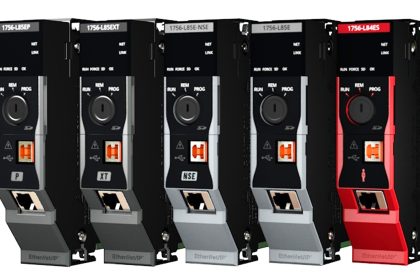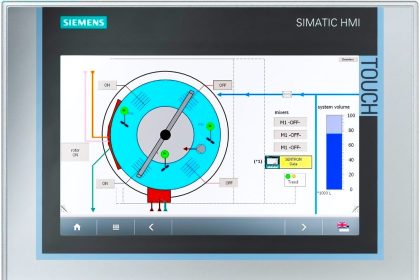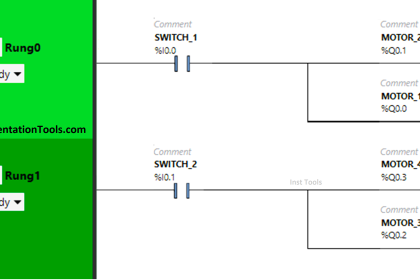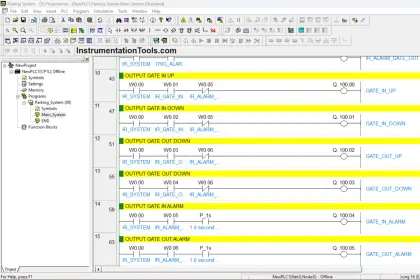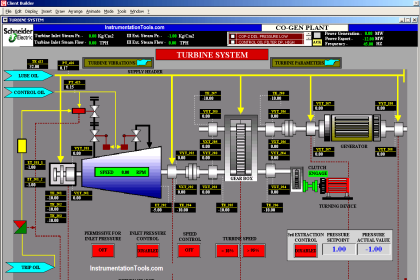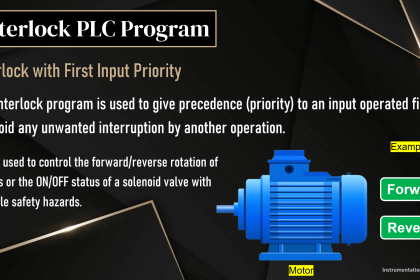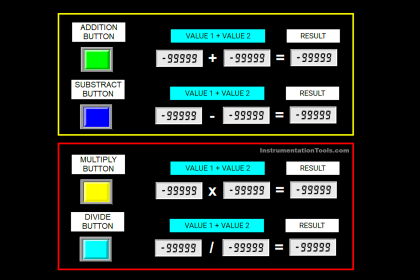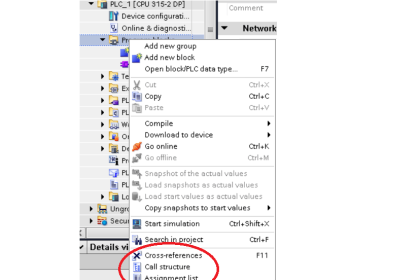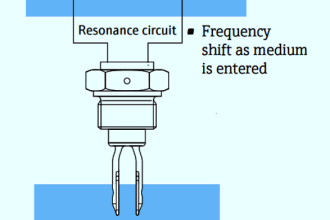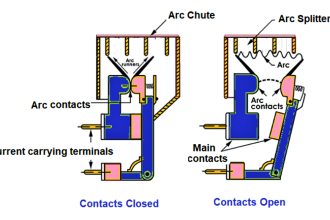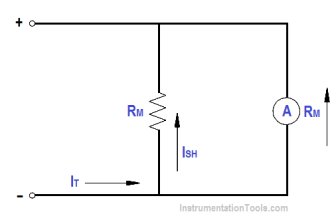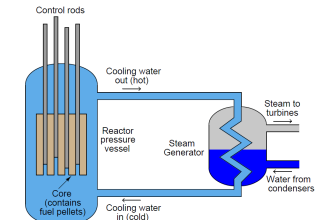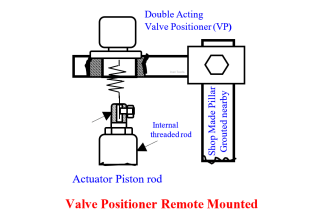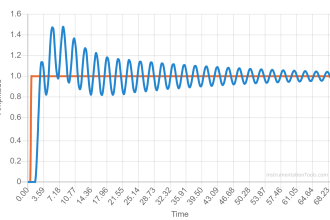A PLC retrofitting project involves updating or replacing the old PLC (Programmable Logic Controller) system with a newer and more advanced version. This is done to improve performance, add new features, or maintain compatibility with modern technologies, all while minimizing the need to completely replace existing equipment.
PLC Retrofitting Project
When you are working in any system, be it industrial automation or anything else, it is not always necessary that you will commission a fully new plant.
There are times when an old plant is not running properly as per desired results. This means not the whole system, only some parts. It may be a PLC system or electrical system or mechanical system.
Instead of changing the whole system, it is better to replace only that part with a new one. The remaining systems will be maintained as it is. This is called retrofitting. It is a very important aspect for engineers to learn.
In this post, we will see the steps related to retrofitting of a PLC system.
Why is PLC Retrofitting required?
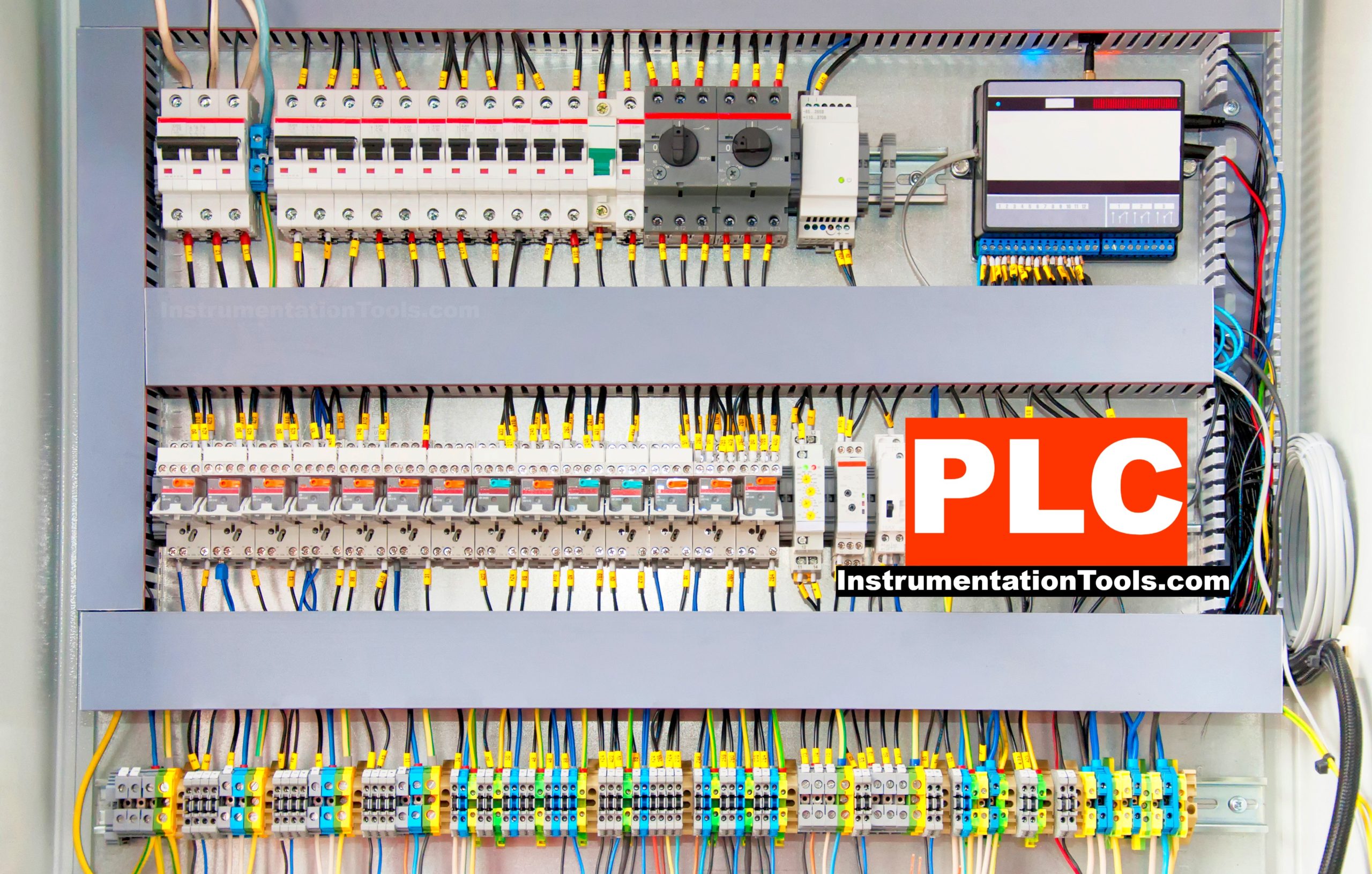
When you have a PLC system, you are bound to be in a condition where sometimes it will fail. It’s a natural consideration for any system (not only PLC) and it does not mean that the PLC system fails every time. It is a worst-case scenario taken into the picture.
Now, apart from PLC, the remaining systems of electrical and mechanical are working fine. The common causes of PLC system replacement needs are – repeated bugs in logic, obsolete PLC which has become failed and not available anymore in market, repeated firmware or hardware failures in PLC, and no service available.
In these cases, instead of replacing the whole system, the best option is to replace only PLC system. This is called PLC retrofitting job. Basically, you are either upgrading the PLC to a new one or completely replacing it with a new brand.
This reduces costing, does not impact the original working plant, saves time and increases reliability. Basically, the plant working logic will remain same; you are just replacing it with a new hardware and running the plant.
Procedure for the PLC retrofitting project
The very first step is to study the control panel drawing of PLC. Every PLC has its own different version of wiring and also sink-source concept. So, it is necessary that you first understand the original wiring done. This will help you to prepare new IO list according to your current PLC. Because if you go with same IP list blindly, you will mostly face wiring issues at site when you install the new PLC
Get the old program if possible. If it is not possible, then develop a new fresh logic in office before going to site. Also, test the logic with customer or the best case, the end client. The end client will help the most because they have operated the old PLC system and can help in solving queries quickly. The customer can help in deep checking the process. If the program is tested before going to site, then it will drastically reduce your time at site.
Try to match the screens and develop the graphics as it is with the old running ones. This will help the operators to run the plant more easily as they are used to with.
Once your logic and graphics are ready, plan for site with the wireman. The wireman will first replace the new PLC in place of old one, and then cross check all points with multimeter. This is to ensure whether all the points have been connected or not as per new wiring. One important thing to note down is that retrofitting requires a proper shutdown, so do ensure before planning site visit.
Once the wiring has been loop checked without power, then power up the system and download your latest programs in PLC and graphics. Now, first of all, you have to check the IO’s. This is a very crucial step, because you are replacing old wiring with new ones. All the IO’s in the field must respond in the same way as it was functioning earlier. Without this, you cannot run the plant in auto or manual mode.
Now, check the logic written and see whether it is executing as per earlier system or not. All the safety interlocks, permissive conditions, sequences and other logic must work in the same way as old system. This must be approved by both the customer and end client for verification and mention in the report if it is working properly.
Make all the final reports, store final backup, and take photos and videos of the running system. This ensures a completion report for the retrofitting PLC project that you have done.
PLC Project Summary
- Evaluate the existing PLC system, identify retrofitting needs, and determine project objectives, scope, and constraints.
- Design a detailed new system plan, ensuring integration with existing machinery and network, and develop a migration strategy.
- Backup all programs, data, and documentation from the current system and prepare a recovery plan.
- Procure the new PLC and any additional hardware, ensuring compatibility and availability.
- Prepare the installation site with necessary safety measures and schedule downtime if required.
- Decommission the old PLC system and install the new PLC and related hardware.
- Transfer or rewrite program logic to the new PLC, testing all functions and communication.
- Perform comprehensive testing of the new system, validate performance, and make necessary adjustments.
- Train personnel on new system operations and maintenance, and update or create system documentation.
- Officially switch to the new PLC system, monitor closely for issues, and provide necessary support.
- Conduct a post-implementation review to assess success, document lessons learned, and plan future maintenance or upgrades.
If you liked this article, then please subscribe to our YouTube Channel for Instrumentation, Electrical, PLC, and SCADA video tutorials.
You can also follow us on Facebook and Twitter to receive daily updates.
Read Next:
- PLC Remote IO Adapter Module
- How to Take Program Backup from PLC?
- SQL Server with Indusoft Web Studio
- Siemens Communication with I-Device
- PLC Programming Projects for Beginners
